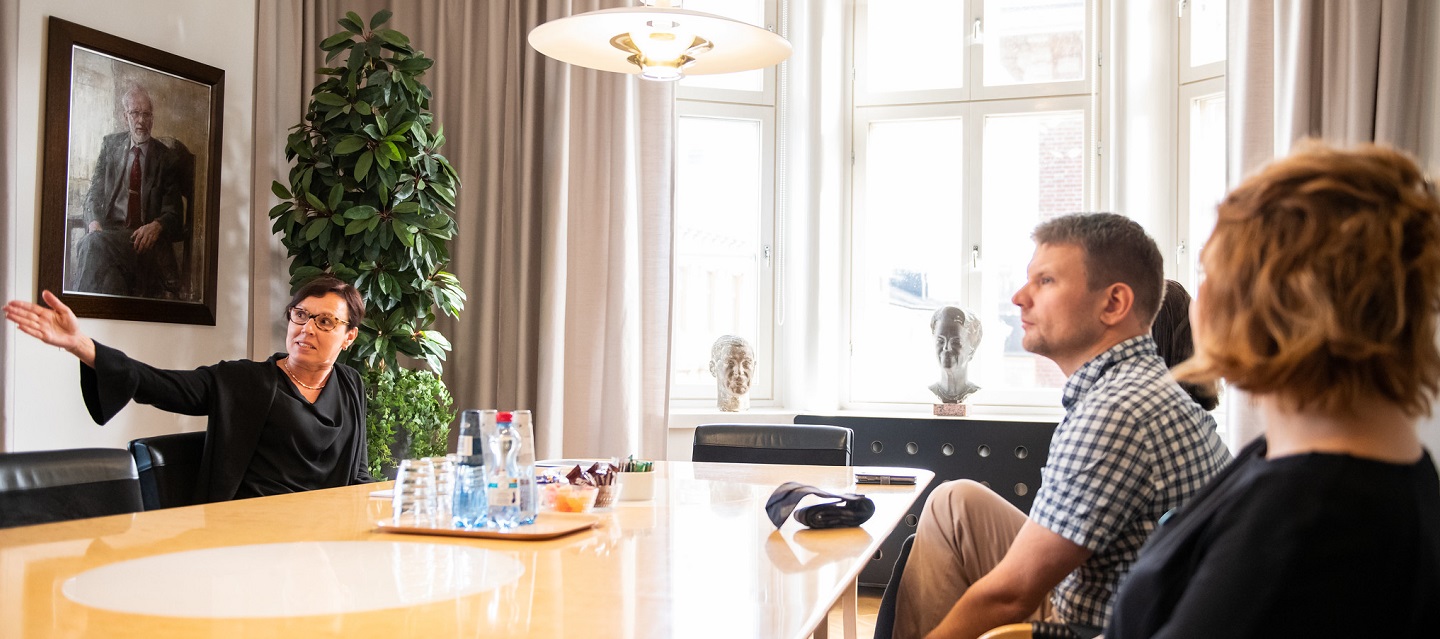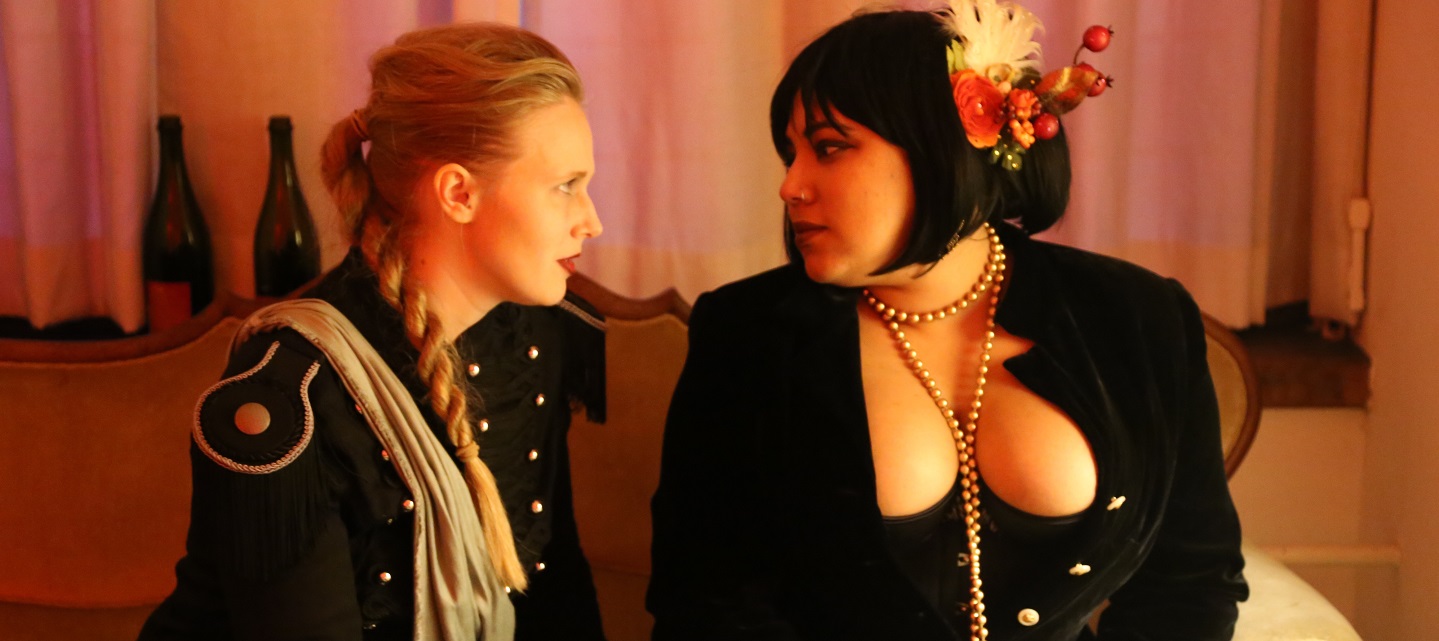Tag: Inside Hamlet
-

Beyond Cracking Eggs
in
Larp made me trans; what next? A conversation between four larpers whose eggs cracked a long time ago.
-

Basics of Efficient Larp Production
in
An alternative mode of production to the Infinite Hours of labor often spent in larp organizing and volunteering.
